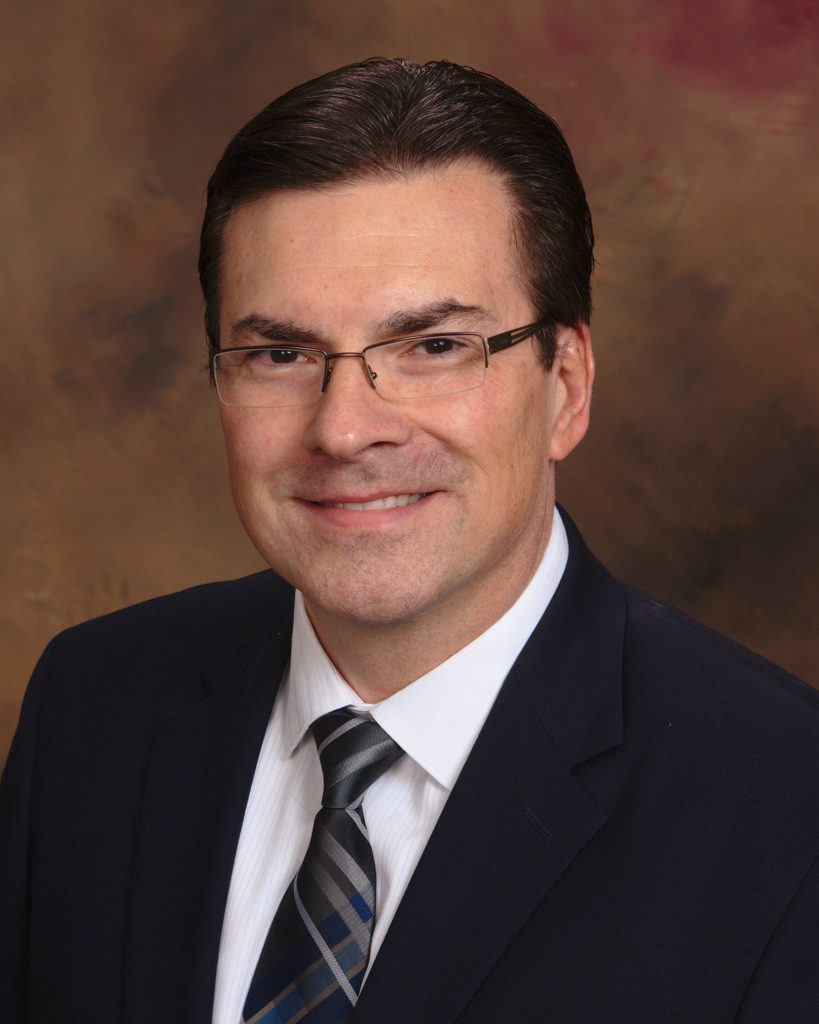
Compliance with the Emergency Preparedness Requirements for Medicare and Medicaid Participating Providers and Suppliers Final Rule indicates that skilled nursing facilities (SNF) along with other healthcare providers receiving Centers for Medicare & Medicaid Services funds implement an “All Hazards” approach to emergency preparedness. This rule requires healthcare facilities including skilled nursing facilities (SNF) to conduct a risk analysis of potential threats and perils through a process known as Hazard Vulnerability Assessment (HVA). One of the hazards typically identified in a comprehensive HVA is an infectious disease outbreak.
At first glance, long-term care providers may not always consider an infectious disease outbreak as a traditional emergency or disaster like a fire, flood, hurricane, earthquake or other adverse event. SNF operators should understand that that utilizing an “All Hazards” approach to manage each emergent situation is not only a requirement but will help promote a standardized and effective response.
Specifically, the Nursing Home Incident Command System (NHICS) utilizes an “All Hazards” approach designed to provide SNFs with an interoperable management model that will not only help manage the response internally but will also promote standardized communication capabilities and coordination with other health care providers through the Incident Command System (ICS).
While NHICS was specifically designed for nursing homes, it is a version of ICS customized for SNFs that uses the same general concepts of the Hospital Incident Command System (HICS) as well as other versions of ICS utilized by first responders of all types (fire, law enforcement, EMS, etc.). By using these type of standardized emergency management models (NHICS, HICS, etc.), all service providers in the healthcare continuum have access to a common system to manage emergencies in an interoperable manner. In essence, all stakeholders using ICS have a standardized platform and common operational language to manage emergencies and disasters, regardless if they are fast-moving like a fire in a healthcare facility or slower-moving like an evolving infectious disease outbreak.
All of the documents and tools associated with NHICS are neatly organized on the California Association of Health Facilities (CAHF) Disaster Preparedness Program website in both Word and PDF versions in the following categories.
- Full Materials (including NHICS Guidebook)
- NHICS Forms (documents to help guide the response)
- NHICS Job Action Sheets (documents defining individual management responsibilities)
- NHICS Incident Response Guides (including Infectious Disease and Shelter in Place)
- NHICS Training Modules
The NHICS forms cited above provide a variety of useful tools that will help a facility’s Incident Management Team (IMT) effectively manage the response through proper Incident Action Planning (IAP) and the development of operational objectives. These forms will also help a facility properly document their response and all associated tasks and actions. NHICS forms are numbered with the same numbering system that all forms for other versions of ICS are organized to further promote interoperability.
The unfortunate experiences that SNFs and other healthcare providers are dealing with during the COVID-19 outbreak can be managed effectively and in a well-organized manner through the use of the NHICS. If NHICS is not part of your SNF’s Emergency Operations Plan (EOP), it should be.
Stan Szpytek is the president of the national consulting firm, Fire and Life Safety, Inc. based in Mesa, AZ, and is the life safety/disaster planning consultant for the Arizona Health Care Association and California Association of Health Facilities (CAHF). Szpytek is a former deputy fire chief and fire marshal with more than 45 years of experience in life safety compliance and emergency preparedness. For more information, visit www.FLSafety.org or e-mail Szpytek at [email protected].




